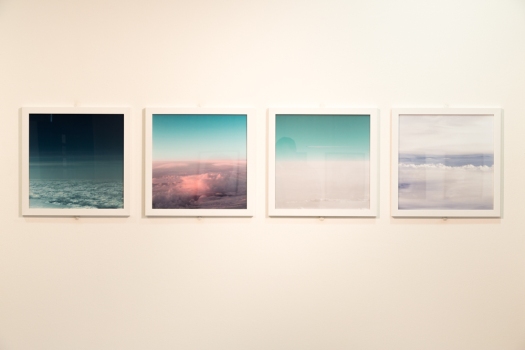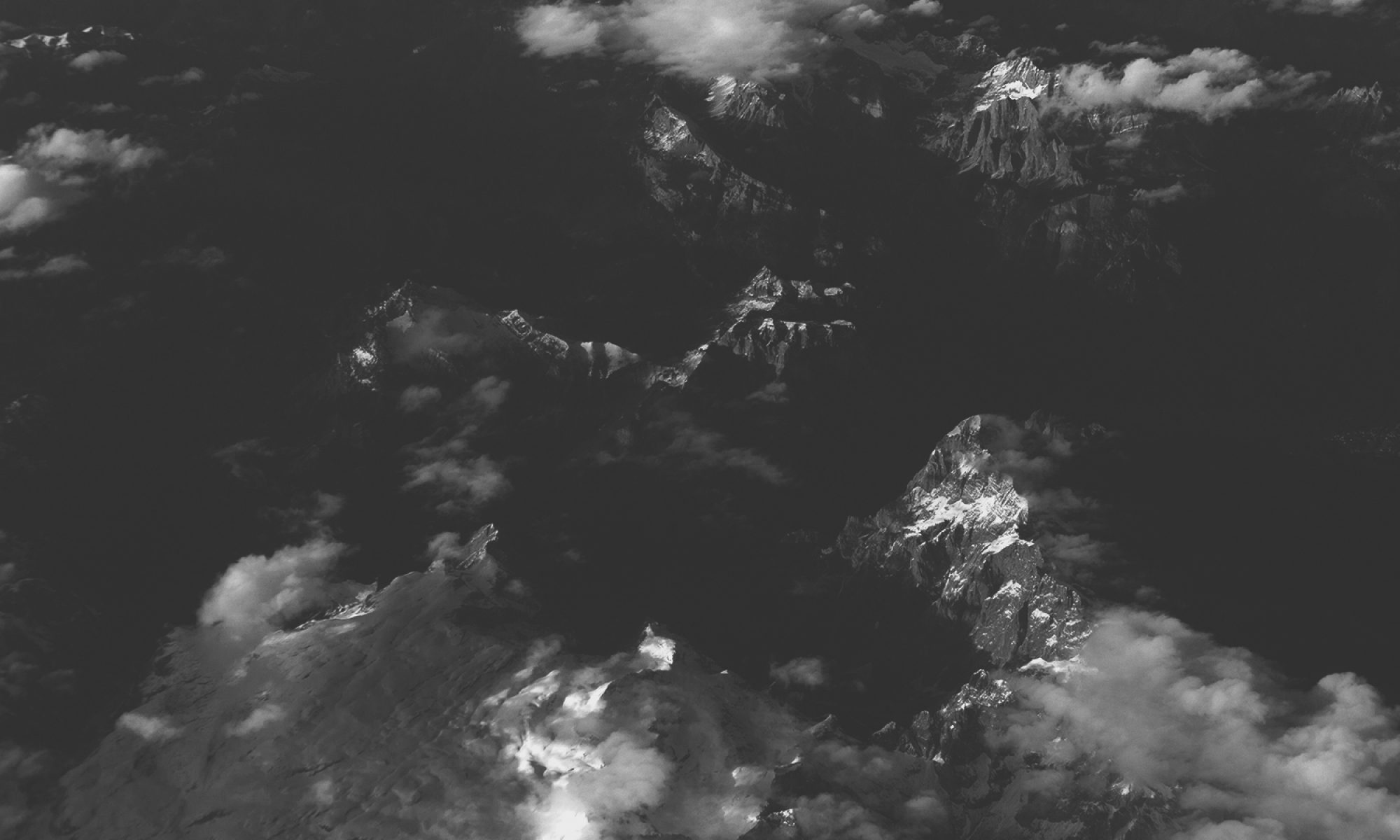Purity of nature attracted me photographing the sky scapes, but soon enough I discovered that human intervention becomes visible with a closer look. Documenting human traces within the edges of my frame unconsciously became my practice. All locations photographed are distant from society. While traveling through Europe by airplane I found myself witnessing the beauty of the skies. Ever since I take advantage of my trips to collect those landscapes. The second part of the project is about the airport and its infrastructure. Restricted access of the particular spaces, intrigued me to look closer to the mundane objects that assist the complex operation of air transportation. I am considering to publish it in print.
Important aspect of this project is that I cannot finalise it in a few days. I have come to understand that in order to dedicate myself into a project I need time. And this time is either for researching the topics or spending it with my subject in a more relaxed fashion, letting spontaneity invade my plans. Rob Hornstra dubbed this in The Sochi Project as slow photojournalism. I can certainly relate to the term, especially in the age of information overflow, where words like slow and relaxed become strange, foreign.
Simon Norfolk has made a tremendous impact upon my work, ever since I researched his work for a an essay. His landscapes can often be mistaken as calm and peaceful, but in reality through his lens he registers tortured lands, not by the elements of nature, but the destructive force of humans in conflict. Similarly Edward Burtynsky documents massive landscape transformation by our industrial apparatus.
Richard Mosse, only recently being awarded the Deutsche Börse photography prize, for his multichannel video installation, documenting human conflict in Congo in an extraordinary way. His work calls for attention to the long-lasting issues of Congo, by using as a beauty as a tool, as Simon would say, to captivate the audience. Unlike traditional documentary Richard used an old reconnaissance infrared film to create unusual aesthetics that draw your attention, while as he said it registers the invisible, referring to the lack of awareness.
Indirectly, through the aforementioned practitioners, I have described you the ways I will follow in order to document topics of sociopolitical interest, which at the moment might only be a few lines on my notebook or an image but I feel confident in terms of direction.
I have been documenting nature for quite some time, and the I have realised that there is little or none of the pure untouched environment that used to exist before the industrial revolution. It has been this my current focus, to visualise even the most subtle human intervention, even the ones that try hard to hide from the visual spectrum, something that Trevor Paglen has been meticulously been documenting with the assistance of various technological devices.
Over the summer I will be looking into further education, through other photographic communities and the experience gained from the working environment. I have already applied for the International School of Photography in Latvia, and chose workshops from Simon Norfolk – “Photographing the Past”, Rafal Milach’s and Ania Nalecka’s workshop “The Photobook: from Idea to Completion”, which is accepted will give me an opportunity to expand my skills and network with people from the international photographic community.
Exhibition Text Panel
Somewhere above Continental Europe, there are no borders.
One will come across temporal landscapes.
Details fade away and our traces become less.
The horizon dominates.
I have chosen to keep my text panel as minimal as possible to match the aesthetics of the photographs. These specific set of photographs are open to interpretation, and basically could address anyone. I have though addressed the general feeling that the create for me, which is about societal traces, control and authority. The reason I did not reveal all information about this project in the gallery space, is because it would not be the appropriate medium for disseminating it. I decided to create a body of work that could appeal to the a greater audience, by using beauty as a way to attract one into the story, to paraphrase Simon Norfolk. In a way this exhibition was used to see the responses of people and take that “data” into account before I continue.
final set of images:
photograph below, courtesy of Christopher Trafford and img19.org
click on the image to get directed on the virtual exhibition website Alex Edwards and I developed for the purposes of the degree show.






